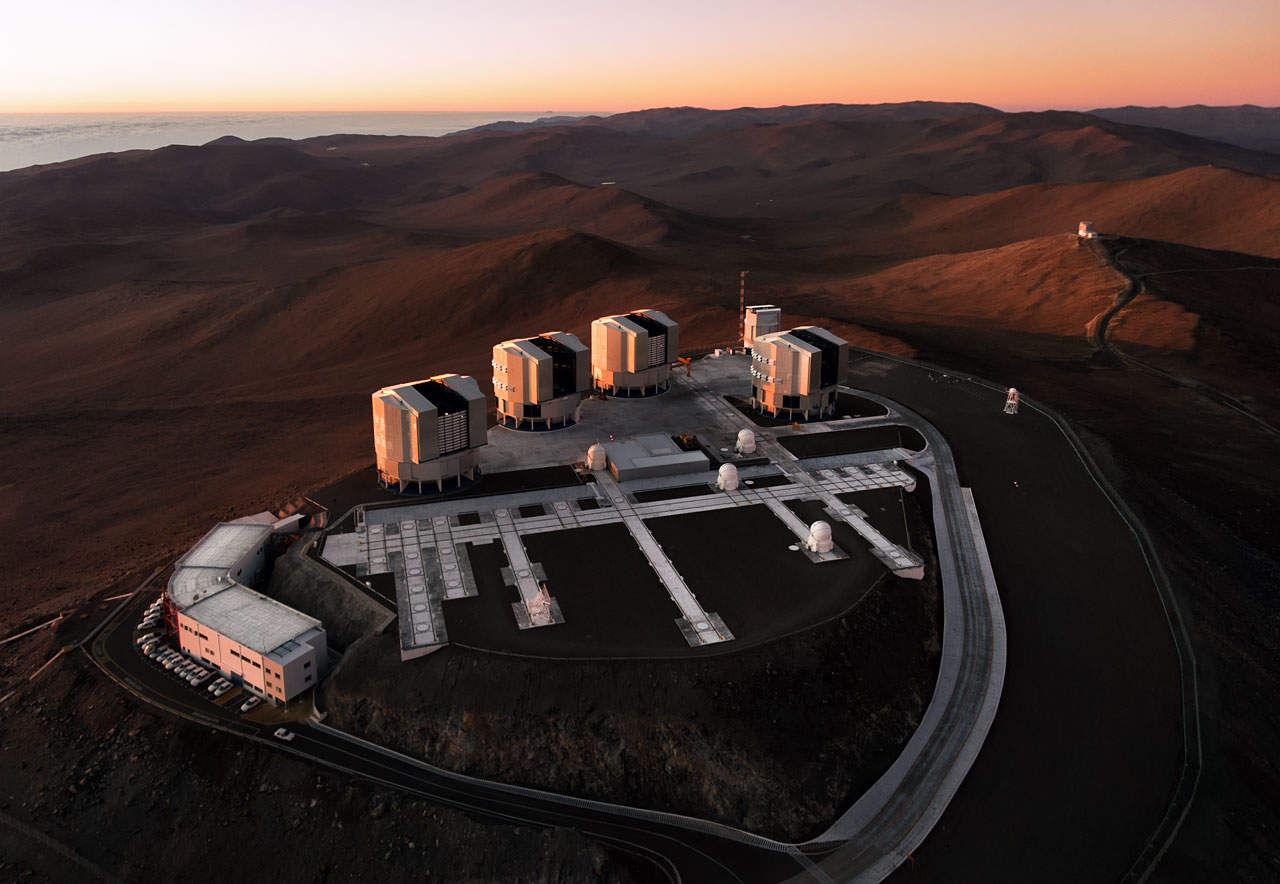China launches reusable Shijian-19 satellite for space breeding and technology tests

HELSINKI — China launched the retrievable and reusable Shijian-19 satellite Friday to carry out a range of experiments in low Earth orbit.
A Long March 2D rocket lifted off at 8:30 a.m. Eastern (1030 UTC) Sept. 27 from Jiuquan Satellite Launch Center in the Gobi Desert. Exhaust from the hypergolic rocket billowed into the air as the launcher ascended into largely clear blue skies above the spaceport. The Shanghai Academy of Spaceflight Technology (SAST) announced launch success, revealing the payload to be the Shijian-19 satellite.
Shijian-19 is a retrievable satellite developed by the China Academy of Space Technology (CAST). The same arm of China’s main space contractor is also developing a reusable crew spacecraft for low Earth orbit (LEO) and lunar and deep space missions.
U.S. Space Force’s Space Delta 2 tracked Shijian-19 in a 322 by 339-kilometer-altitude orbit inclined by 41.6 degrees.
The mission is geared towards space breeding experiments and carries various plant seeds selected from a range of locations. Researchers hope the exposure to the radiation environment of LEO will instigate mutations that may bring about advantages such as shorter breeding cycles and other beneficial variations.
The mission patch features a parachute, returning capsule, and three rabbits, which may be drawing on themes of fertility and a link to the space breeding experiments.
In China, space breeding has become an increasingly important avenue for attempting to improve agricultural outputs. Exposure to space conditions is thought to accelerate genetic mutations that may enhance crop resilience and productivity.
The Shijian-19 mission also includes in-orbit flight test verification tests for domestic components and raw materials and the development and application of new space technologies. The reusable spacecraft is intended to be utilized for this and other microgravity science and space life science experiments.
The mission also carries payloads from five countries, including Thailand and Pakistan, according to the China National Space Administration (CNSA).
CAST officials had presented the reusable, retrievable Shijian satellite series back in 2018. It was stated that around 15 missions were planned for the period 2019-2025. Friday was, however, the first launch.
The Shijian-19 satellite, weighing approximately 3,500 kilograms, has different configurations for varying mission durations. The short-term version, designed for missions lasting about two weeks, will return to Earth promptly. The long-term configuration, equipped with solar arrays on its propulsion and power module, will remain in orbit longer, supporting extended experiments. The recoverable portion can carry between 500 to 600 kilograms of payload.
The landing site was initially stated to be Siziwang Banner in Inner Mongolia, but the Dongfeng landing area, closer to Jiuquan and where China’s Shenzhou crews now return, is a more likely site.
The payload fairing for the mission was attached to the rocket 48 hours ahead of launch. Conversely, China’s previous retrievable satellite launch, Shijian-10 in 2016, did not feature a payload fairing.
The Shijian-19 mission is part of China’s broader space program, which includes ambitious plans for deep space exploration, a range of experiments aboard the Tiangong space station, and advancements in reusable space technologies.
The launch was China’s 46th of 2024. It follows the launch of five satellites on the fourth Lijian-1 (Kinetica-1) solid rocket from CAS Space, Sept. 24.
CASC said late September it plans to conduct more than 20 launches before the end of the year. These include the Shenzhou-19 crewed and Tianzhou-8 cargo missions to Tiangong space station. The new Long March 12 rocket is expected to have its inaugural flight, while a Long March 8 will also fly from Hainan’s new commercial spaceport.
Related
Read the original article here




